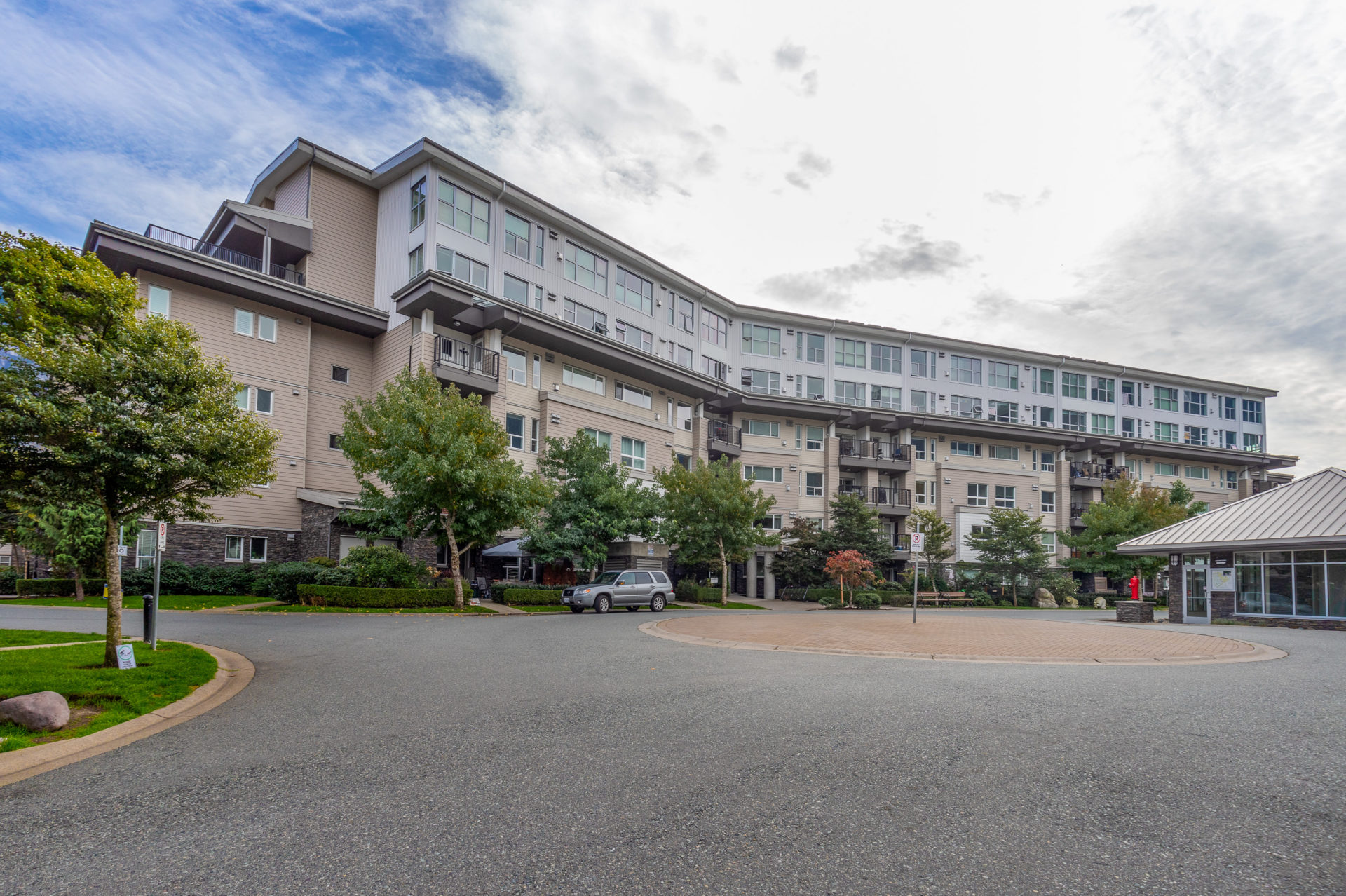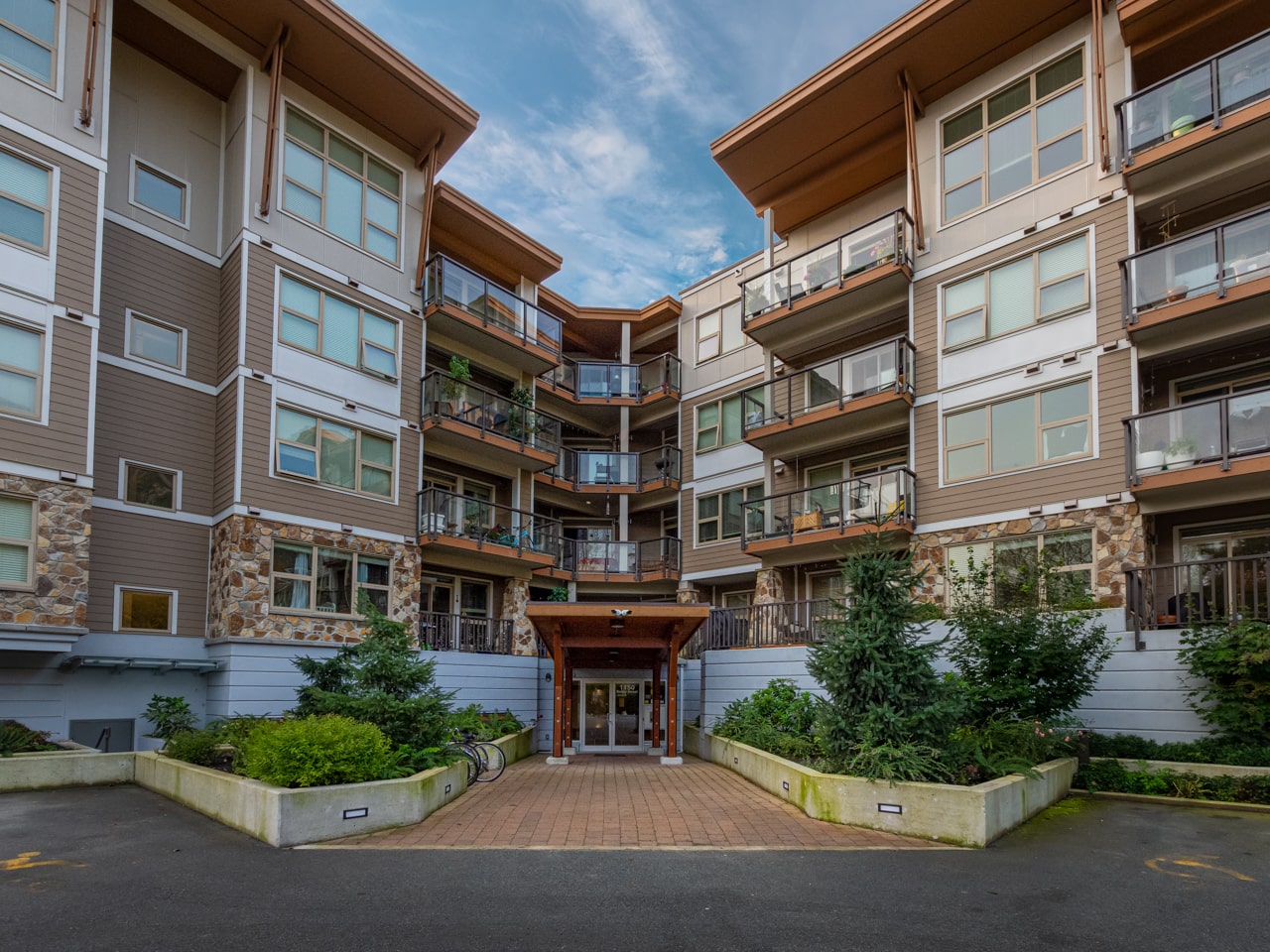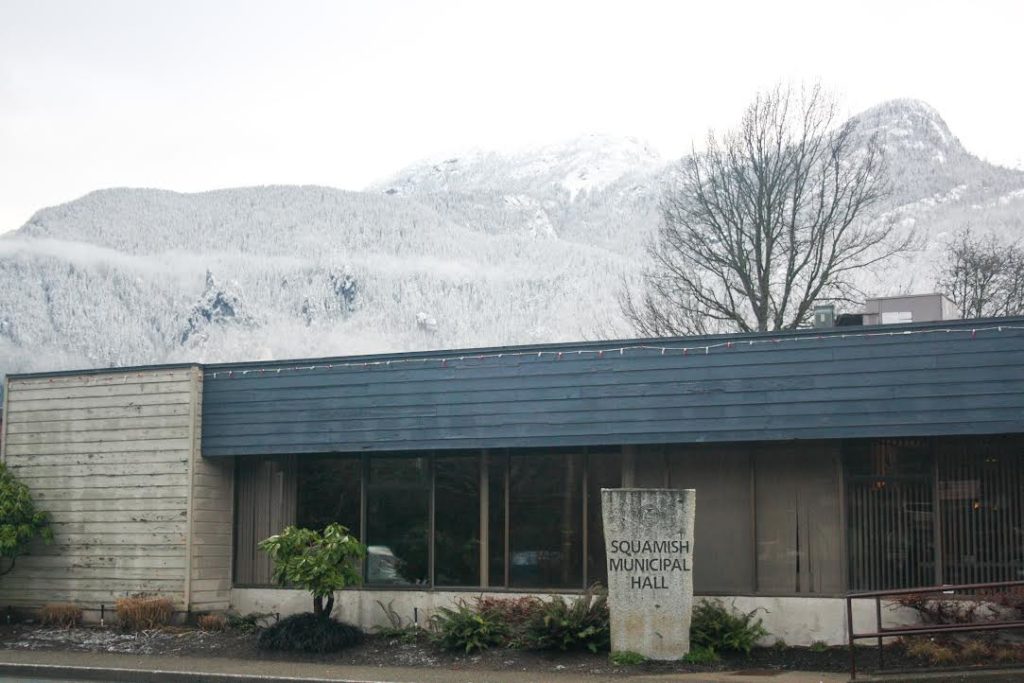Like many North American municipalities that have adopted Densification and Infill as a part of “Smart Growth” Strategies, Squamish’s Official Community Plan is no different. But one of the main principles behind it hasn’t panned out, some experts warn. The age-old supply-and-demand theory, in the case of affordable housing, doesn’t work – at least for those on the consumer side. Market principles work well for landowners and developers who back and make good money on these policies.
Housing prices are, of course, complicated with so many factors from interest rates, and demographic shifts to foreign investment playing a large role in shaping prices. But what can Squamish do with its limited control to, at very least, not add to the increasing unaffordability of housing here?
Density Drives Up Land Costs
Patrick Condon, a professor at the University of British Columbia’s Centre for Interactive Research on Sustainability, often defers to Vancouver as an example. The city has evoked a long list of densification policies, including building high condo buildings all over, legalizing secondary suites and lane houses and allowing four dwelling units on every single-family lot, yet housing prices still rise. In fact, Condon noted in a recent Tyee article, that over the past decade more housing units have been added to Vancouver than its population and prices still doubled.
The problem lies in the constraint of urban land. It can’t magically be added within a municipality and thus, where there is a soaring value of land, affordable housing, no matter how penny-pinching the construction, can’t be made affordable. Re-zoning property for densification only boosts its value, cranking up unit prices. At the end of the day, this benefits the landlord and not the buyer or renter.
“The commonly accepted theory of supply and demand has been undercut by the observed reality; i.e., that no matter how much a metropolitan area adds new housing units, housing prices continue to rise. This begs the question: If the high price of housing is not caused by constrained supply, what is the problem? The problem seems to be the cost of land,” Condon writes in his new book Sick City: Disease, Race, Inequality and Urban Land – a book that examines U.S. cities and how it plays out on America’s social disparities – an issue more drastically exposed by the Covid pandemic.
“Smart Growth Fails to Meet Its Own Objectives”
William McCarthy, President of WJP McCarthy & Company, is a professional based in Metro Vancouver who has credentials in real estate too numerous to list [http://wpjmccarthy.com/team/william-peter-joseph-mccarthy/]. McCarthy has written extensively on Smart Growth. To him, Housing Affordability is the “Achilles Heel” of Smart Growth.
“Early Smart Growth proclamations stated that its principles would provide a plethora of housing and neighbourhood options, all situated in thriving communities that would be increasingly less auto-dependent. While never overt in their claims about decreased housing costs, it was certainly implied that while “sprawl costs money,” Smart Growth did promise “lower costs, lower taxes,” and would “create a range of housing opportunities and choices.”
“This has clearly not occurred over the past generation. Empirical data shows that property taxes go in only one direction: up; that services once contained in the property tax bill (such as water and garbage removal) are offloaded directly to the owner and that housing prices, regardless of the unit type (detached; townhouse; condominium), and square footage, have increased.
“Regardless of how commendable the idealism of its proponents might have been, Smart Growth has created its own set of problems in practice, especially with regards to housing affordability.”
McCarthy argues that much of “Smart Growth” is “ideologically driven” and that it has failed to meet its own stated objectives in places like Vancouver and Portland. If you are interested, you can read his extensive critique of Smart Growth here [https://www.cre.org/real-estate-issues/smart-smart-growth/]
What Can Squamish Do?
Affordable Housing Overlays
One puzzle piece that may help solve the affordable housing crisis is innovative government policy aimed directly at affordable housing, rather than supply-and-demand. In October of 2020, the city of Cambridge, Massachuss, took a bold move in that direction – a step that caught the eye of city planners worldwide. Cambridge passed what it dubbed the 100 percent Affordable Housing Overly (AHO) ordinance. The overlay was a result of lengthy discussions between the city’s council and its Housing Committee to address their housing crisis. It covers the entire city and allows for doubling of density on lots if the entire building is permanently affordable to citizens earning the median area wages or less.
“Affordable housing developers often cannot compete with market-rate developers who can afford to pay more for land and buildings. There are also areas of the city where current zoning makes the creation of new affordable housing infeasible. Allowing affordable housing providers to build more densely than market-rate developers will create opportunities in these neighborhoods,” the city states on its website.

A Housing Authority?
Closer to home, The Whistler Housing Authority accumulated a range of price-controlled housing inventory that are available to resident employees of the mountain resort. Currently, the authority manages approximately 2,100 units.
“We set an ambitious goal early on of housing about 75 % of our employees within local municipal boundaries and over the last 15 years we’ve been able to exceed that goal and now house about 82% of our workforce locally in Whistler,” the authorities executive director Marla Zucht states on the group’s website.
What about a housing authority for Squamish? This has been talked about for at least a dozen years. And looking at the District website, it is all still talk. Earlier this year, the district said they are “continuing with work to set up a housing society or organization, to handle all affordable housing issues and projects” [https://squamish.ca/yourgovernment/projects-and-initiatives/affordable-housing/]”. This has been a discussion since about 2008. And while the district has negotiated a couple of hundred “affordable” units from developers over the years, it does not own them or control them.
Some new affordable housing is on Squamish’s horizon. Residents are in line to see new affordable rental units soon, according to the district. The Buckley Avenue Affordable Rental Housing Project – a project that marks a partnership between the municipality, BC Housing and Sea to Sky Community Services – is anticipated to add 55 affordable housing units to the local market along with 21 market rental units. Projects like this certainly help a few people lucky enough to land a unit.
While projects like these are an important step forward, real steps can be made in the more overarching policy. As long-time Squamish resident April Lowe stated during her speech at a meeting recently organized by Stop The Squamish Infill Group, developers are not here to make affordable housing, they are here to make a lot of money. That’s where the District of Squamish fits in.
We all know change takes time. That sentiment is not lost on the concerned citizens who formed Stop The Squamish Infill Group. The group, which was founded out of concern over potential densification of the Garibaldi Estates area, has created momentum behind the discussion of densification and placed it back in the council’s lap.
“None of us are experts, we’re not planners, we’re not developers. We have more questions than answers about our community, but we do love the community and we do have concerns,” Denise Imbeau said at the start of the meeting.
The focus of these questions is key to finding solutions. In this atmosphere partly brought about by this group, Squamish can dig deep and examine what it truly aims to gain from infill and whether those gains are proven. In the end, a healthy discussion could lead to more honed affordable housing solutions.
Squamish has a serious housing affordability problem. It is undermining the fabric and DNA of our community. Even those with highly paid jobs are having a very difficult time landing a home, let alone those who staff the stores, coffee shops, and other businesses that keep Squamish ticking. Young adults leave town because they have no hope of owning a small condo, let alone a house here. And the problem has only become more daunting over the past couple of years.
A viable, vibrant town needs a range of housing options. Unfortunately, just adding density is not a magic bullet to solve the problem.




